Fence posts, fireplaces, doorsteps and ruins are evidence of this bygone era of squatters and settlers. A few grander structures, built in more recent years, also still stand tall in Girraween National Park.
|
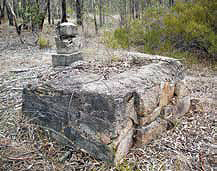
|
This fireplace is all that remains
of the Thomas' family home.
|
An impressive and labour intensive structure known as the Stone House was built by Ky Kneiling in 1976. The Kneilings had plans to run a horse riding ranch and, possibly, a guest house. Unfortunately, the business didn't prosper and the land was sold to the government in the 1980s.
|
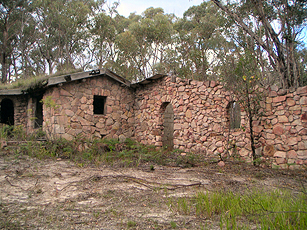
|
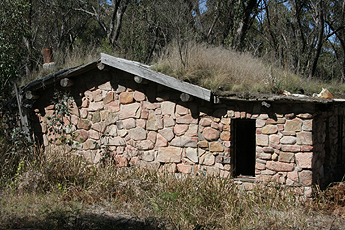
|
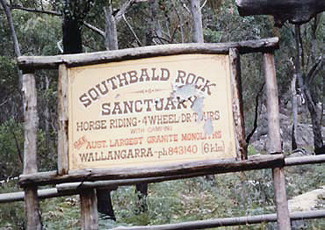
|
Another magnificent structure is the Round House, situated near Racecourse Creek. It was built in 1978 by John Ward, who had plans to farm and live there. However, the Government was intent on buying the block to become part of the national park and he reluctantly sold it to them in the early 1980s.
|
In the 1970's, a group of people lived in what was thought to be a hippy commune near West Bald Rock. A hut and a cookhouse were built using mud, shaped into blocks, from the swamps close by. Timber frames held these mud blocks together, until the mud dried out and crumbled away!
|
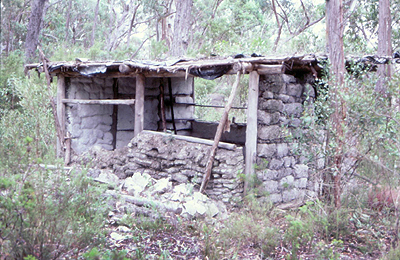
|
|
|

